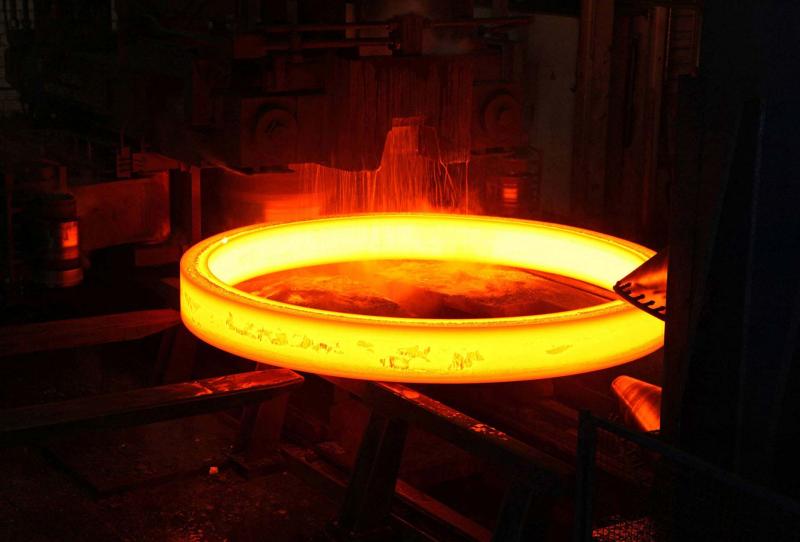Introduction
Forging, an ancient metallurgical art, has played a significant role in shaping human history. From the earliest civilizations to modern times, forging has been instrumental in creating essential tools, weapons, and machinery that have propelled societies forward. This time-honored craft combines creativity, skill, and precision to manipulate metal, yielding products that are stronger, more durable, and more refined than their raw counterparts. In this blog, we will explore the fascinating world of forging, its history, techniques, and its relevance in the contemporary world.
A Brief History of Forging
Forging dates back thousands of years, with its origins traced to the Bronze Age, around 3000 BCE. Early blacksmiths, armed with little more than heat, hammer, and anvil, transformed naturally occurring metals like copper and iron into utilitarian objects such as agricultural tools, weapons, and jewelry. The craft spread across civilizations, playing a vital role in the advancement of ancient societies.
In the Middle Ages, the art of forging reached its pinnacle, with the establishment of blacksmith guilds and the exchange of knowledge across continents. The creation of intricate armor and weapons for knights demonstrated the masterful skill of the blacksmiths of that era.
The Forging Process
Forging involves the application of heat to a metal to make it malleable, followed by the shaping of the metal using a hammer and anvil. The process can be broadly categorized into two types: hand forging and machine forging.
Hand Forging: Hand forging remains a highly respected and artistic approach to the craft. Skilled blacksmiths work with a forge, which heats the metal to a specific temperature, enabling them to shape it using various hammer blows. Hand forging allows for intricate designs and personal touches, making each piece unique.
Machine Forging: As technology advanced, machine forging emerged. Using power hammers and presses, this method allows for mass production of standardized components. Machine forging is efficient and suitable for large-scale manufacturing while maintaining the metal's strength.
Types of Forging Techniques
1. Open Die Forging: In open die forging, the metal is compressed between multiple dies without complete confinement. This method is versatile and can be used for both simple and complex shapes.
2. Closed Die Forging: Also known as impression die forging, this technique involves shaping the metal within custom-designed dies, which give the product its final shape. Closed die forging is often used to create intricate components with high precision.
3. Roll Forging: Roll forging is ideal for producing long pieces with a constant cross-section, like shafts and bars. The metal is continuously shaped between two rollers to achieve the desired form.
Forging in Modern Times
In today's era of advanced manufacturing, forging continues to play a crucial role in various industries. The aerospace, automotive, and energy sectors heavily rely on forged components due to their superior strength and reliability. Forged parts are essential in critical applications where safety and performance are paramount.
Additionally, the art of hand forging has not been lost. Many artisans and blacksmiths keep this ancient tradition alive, creating custom pieces ranging from functional tools to exquisite works of art. The resurgence of interest in handcrafted and bespoke items has given rise to a new appreciation for the skills of these artisans.
Conclusion
Forging, with its rich history and enduring relevance, remains a fundamental process in metalworking. Its ability to transform raw metals into durable and reliable components has shaped the course of human civilization. As we embrace technology and innovation, we must not forget the artistry and skill that forging embodies, bridging the gap between our past and future. Whether through mass-produced machine forging or the intricate craftsmanship of hand forging, this time-tested craft will continue to shape the world for generations to come.
